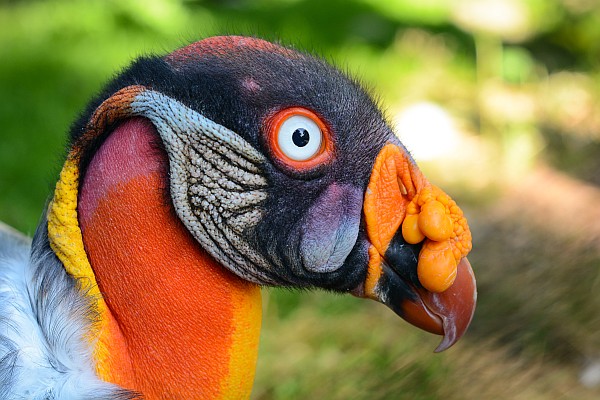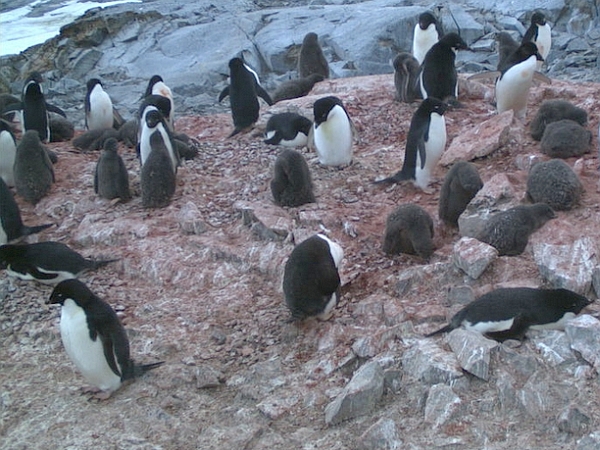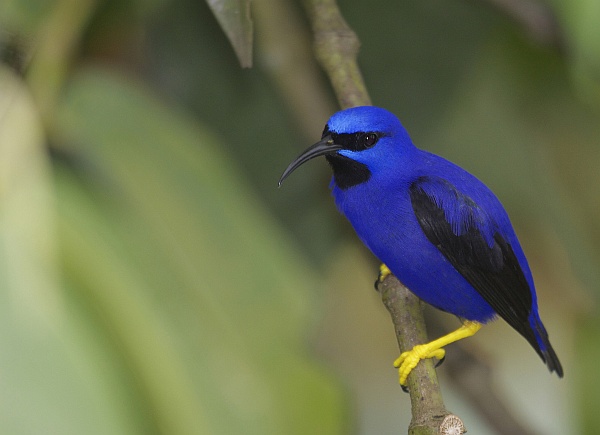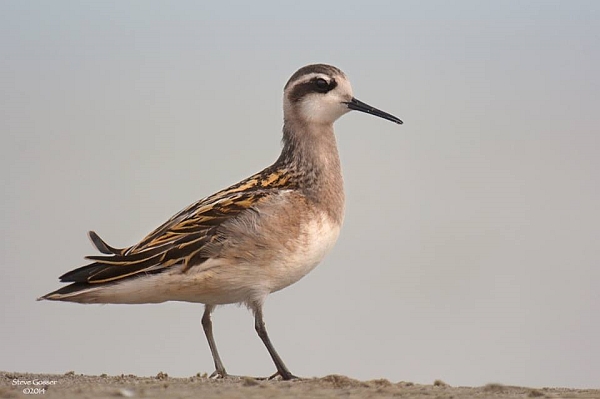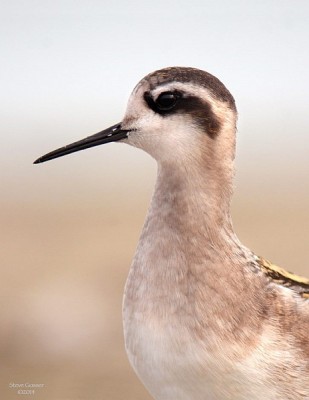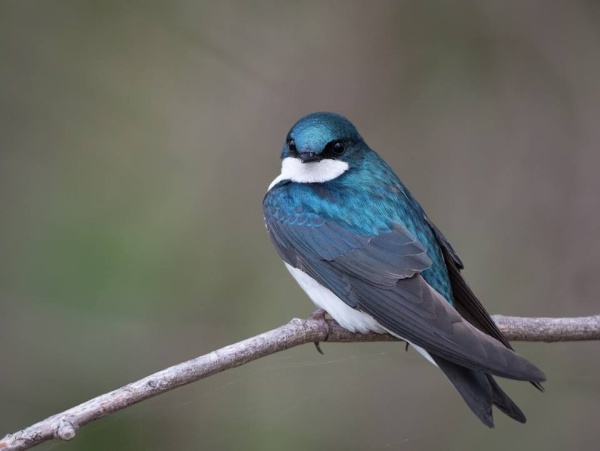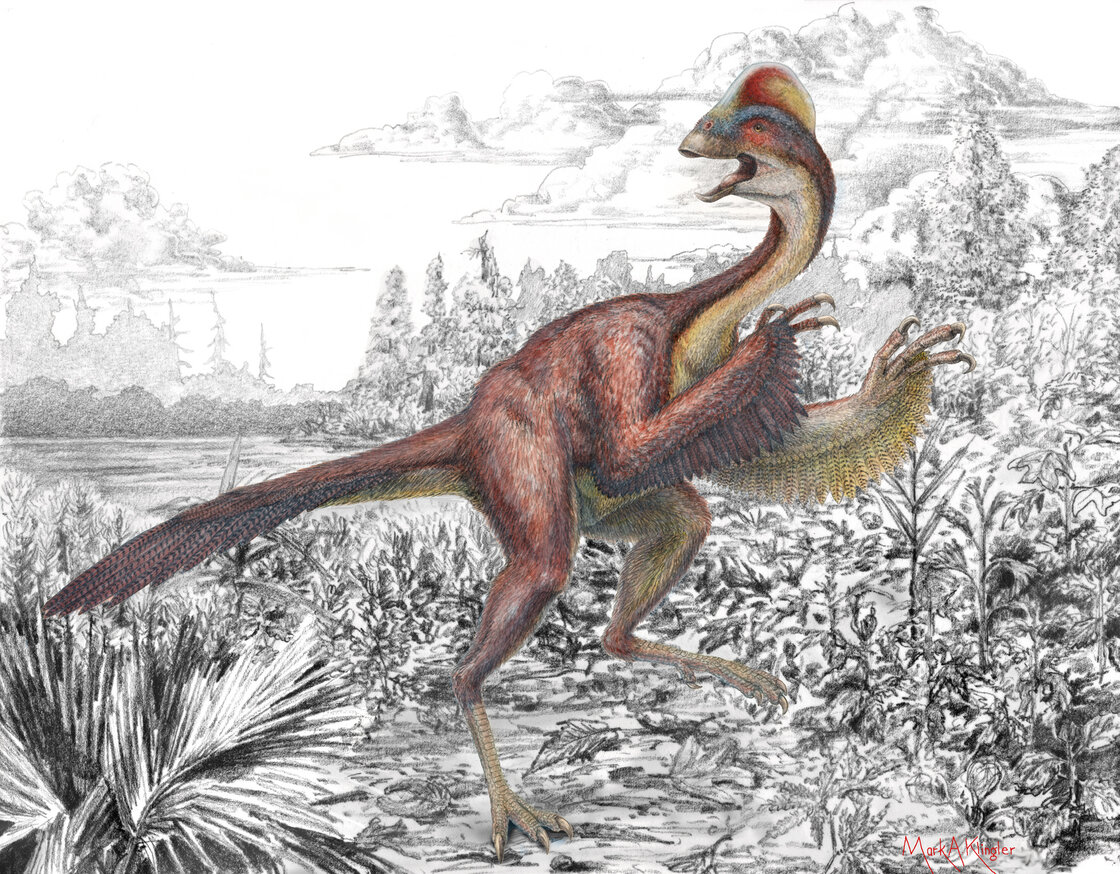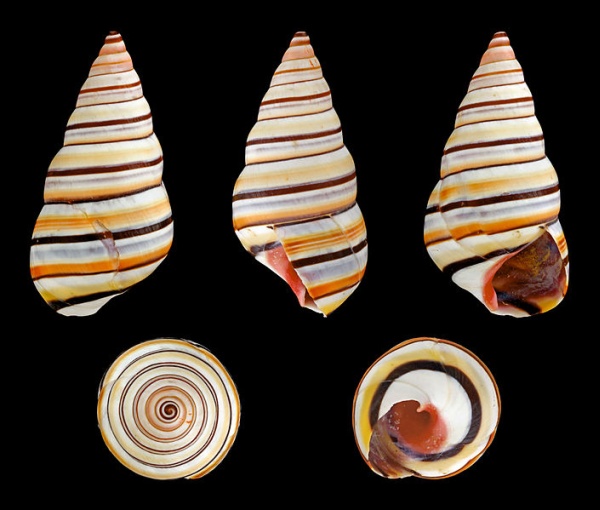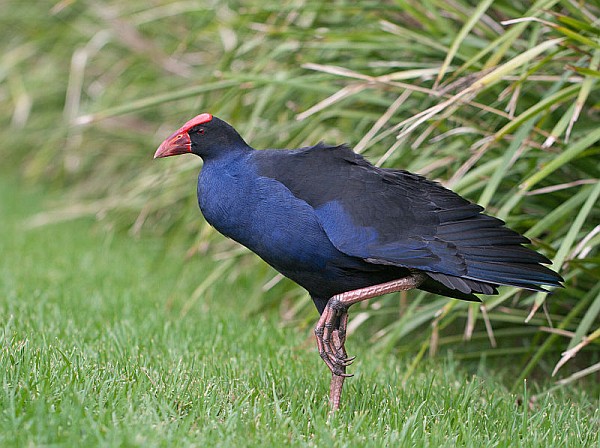
Have you ever seen this bird?
It resembles a purple gallinule (Porphyrio martinicus) but it’s the size of a chicken with darker plumage and scary-looking feet. It looks like a gallinule on steroids.
This is, in fact, a purple swamphen (Porphyrio porphyrio), native to Africa, tropical Asia, Indonesia, Australia and New Zealand, but you don’t have to travel that far to see one.
I learned in an ABA article by Bill Pranty that purple swamphens mysteriously appeared at the Silverlakes development in Pembroke Pines, Florida in 1996. Some speculated that the birds had escaped from Miami MetroZoo during Hurricane Andrew four years earlier, but the zoo hadn’t lost any swamphens. Closer inspection revealed that two breeders a quarter mile from Silverlakes had allowed their purple swamphens to roam free. Naturally some of the swamphens didn’t come home.
By October 2006 purple swamphens were so prolific that Florida’s wildlife managers decided to eradicate them, but more than two years of shooting had no effect. The swamphens continued to expand their range. The failed eradication program ended in December 2008.
The first time I ever saw a purple swamphen was last December at Green Cay Wetlands in Boynton Beach, Florida, about 40 air-miles from their original release point. I’ve birded in Palm Beach County numerous times since the swamphen’s release — especially at Wakodahatchee Wetlands where they appeared in 2000 — but it took 20 years for me to see one.
Though the bird was added to the official ABA Checklist in February 2013, their reputation is tarnished. When I pointed out my new Life Bird to another birder standing nearby she said, “They aren’t a good thing to see.”
Read about the purple swamphen’s history, the unsuccessful attempt to eradicate them, and their expansion in Florida in this article by Bill Pranty.
(photo from Australia via from Wikimedia Commons. Click on the image to see the original)
